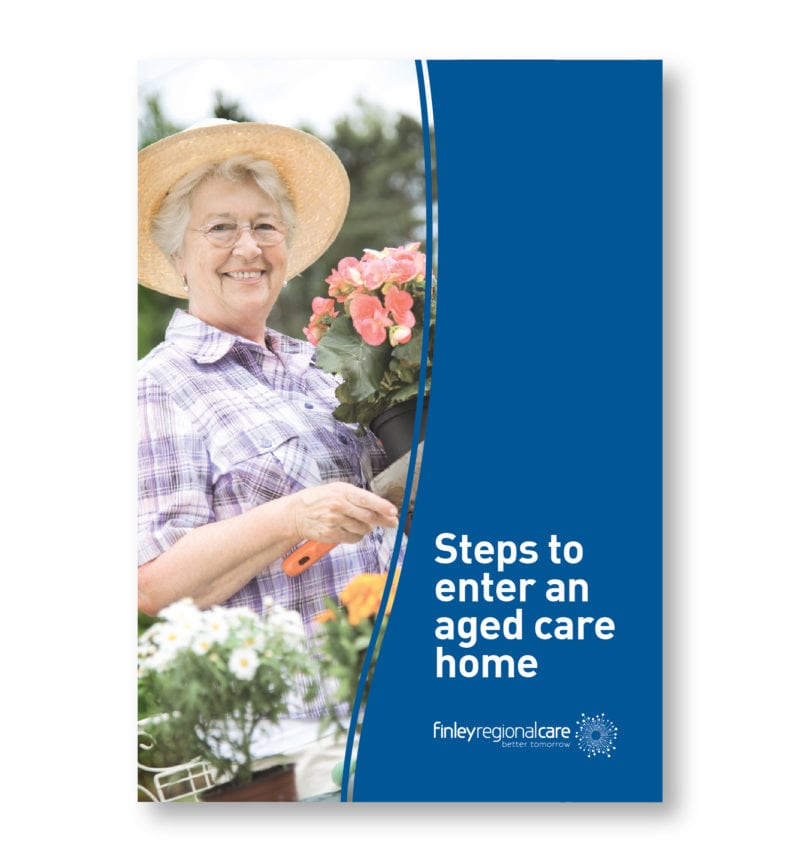We’re all no doubt familiar with age-related joint pain, stiffness and general achiness. And sometimes it seems as if we can’t do any task, no matter how minor, without something hurting, stiffening up or giving out. But while some stiffness, aches and pains are to be expected as we age, there’s no need to just put up with them. It might surprise you to know that there are plenty of effective ways to reduce aches and pains – and that don’t involve pill popping either!
Try some of these strategies to help improve your physical situation and reduce those pesky aches and pains.
Modifications
More often than not, it helps to think more deeply about why you’re experiencing pain. For example, if your shoulder is constantly sore, think carefully about what might be causing it. Maybe reaching up to hang out washing is the culprit, in which case you could lower the clothesline or use a step or other raised device to lift yourself up while you hang it. Or maybe you always walk the dog with the lead in one hand, and that’s making your shoulder ache – in which case you can make sure you switch hands, or try a different type of lead to disperse the load better. Is your upper back always aching? Maybe you’re spending too much time sitting down and hunched over, and need to make some drastic changes to your lifestyle, or simply stretch more.
There’s usually a reason for any ache or pain you might be experiencing and often it’s wisest to treat the cause rather than try to continually cure the symptoms. If there’s no way you can effectively modify the cause, try some of the pain-relieving techniques listed below.
Stretching
It’s quite common to discover that pain is being caused by tight muscles. It’s understandable, particularly as we age – the less we use our muscles, the more they tend to stiffen up, and then get tight and sore. Stretching every muscle group is one of the most effective ways to reduce niggling aches and pains.
If you’re not comfortable stretching by yourself, go to a stretching class at your local gym or consult an exercise physiologist, who can identify your issues and tailor-make a stretching program specifically for you.
Gentle exercise
Gentle exercise, such as yoga, Pilates or Tai Chi, can improve your balance, flexibility and strength, and all are safe forms of exercise for older people. Plus, stretching and strengthening your muscles in a gentle way will help relieve aches and pains, and will help keep you as strong and functional as possible.
Resistance training
Resistance training might seem like it would cause more aches and pains – and that might be true in the very short term. Using weights and resistance bands might lead to sore muscles or DOMS (delayed onset muscle soreness) in the day or two following a session. But in the long term, a resistance training program will see your day-to-day aches and pains decrease.
The stronger you get, the less likely you are to experience painful issues such as injuries, sciatica and falls, all of which can cause severe pain and distress. Having a fit and healthy body is going to reduce your pain levels long term, and keep your body functioning optimally.
Exercise snacking is a great way to incorporate exercise into your day – find out how here.
Exercise therapy
Exercise physiology, or exercise therapy, is a great way to get a personalised pain management, stretching and strengthening program that’s specifically tailored for you. An exercise physiologist (EP) can design a program for you to do on your own that addresses all your pain, issues and limitations; or you can train with an EP regularly at a specialist facility. It’s not cheap – but your health insurance may cover a good proportion of it, and you can get a number of free visits to an EP on a health care plan from a doctor. And the benefits can be amazing. Go here to find a practitioner in your area.
Walking
Walking is great for pain management, as it combines the joy of getting outside with leg strengthening and posture work. Sometimes a good walk is all you need to loosen up, stretch your muscles and feel better. Make sure you wear properly fitting shoes though to ensure you don’t create further pain issues or injuries.
Can you walk your way to good health as you age? Find out here.
Pain patches
If your aches and pains are severe or persistent, you might be able to try over-the-counter pain patches, that you can just apply to the painful area and forget about. These medicated adhesive patches deliver regular doses of medication into the bloodstream through the skin, and are an effective way to manage chronic pain simply and easily.
Sports creams
If you’re sore from exercise or using your muscles excessively, a sports cream can often help. Try Voltaren, Dencorub, Fisiocrem or another type of muscle rub to help ease niggling aches and pains.
Ergonomic chairs
Often we spend a lot of time sitting, so if you’re not sitting correctly it can have a big impact on your pain levels, or even be the cause of ongoing problems. If you think the way you sit might be causing a problem, invest in an ergonomic chair for wherever you sit most. These comfortable chairs are amazing for people with back aches or pain, and can help you minimise such issues. They are often quite costly however, but so is constant pain, so they are usually well worth the investment.
Allied health input
Whether you prefer a chiropractor, physiotherapist or osteopath, all of these allied health professionals can help ease your pain and improve your life. If you’re in constant or regular pain, see one of these hands-on professionals, who will assess your body and the way you move, as well as your lifestyle, and perform interventions such as manual therapy, dry needling, adjustments or lifestyle modification. They may also prescribe exercises to help.
Massage
Sometimes just a simple massage can do wonders to relax your body and ease those aches and pains. Massage can be tailored to wherever you’re sore, and is usually very effective in pain management.
Pain management techniques
There are a lot of pain management apps out there, such as Headspace, Slumber, and Curable, all of which can teach you various pain management techniques or help you go to sleep despite your pain. Do some research and see what’s out there – they might help you more than you think.
You don’t have to live with niggling aches and pains. Give some of these techniques a try and find out what really helps (although of course if you’re in severe or unusual pain, do see a doctor as soon as possible).


 The latest news from FRC
The latest news from FRC
